
Milestones in our history
Yeast has a long history and has never gone out of fashion – just like Jästbolaget itself. The company was founded back in 1893 and has been producing fresh Swedish yeast in Sollentuna, just north of Stockholm, ever since.
Although both yeast and Jästbolaget have been around for a long time, our factory and our production have changed beyond recognition over the years. At the same time as we hold on to the best of our old traditions, we are an innovative and forward-looking company with high social and environmental awareness.

1893 - 1900
In the late 19th century Sweden is already home to many small yeast producers.
In 1893 a new, large yeast factory is built in Sollentuna, just north of Stockholm. The location is ideal, as yeast production requires large amounts of clean water, and there is plenty of high-quality groundwater in the ridge running northwards through Sollentuna. Another benefit of this location is that it’s a farming area, so by-products and organic waste can be put to good use as fertilisers.
During its first year the factory’s 90 employees produces 700 tonnes of yeast.

1900 - 1940
The early years of the 20th century bring a period of great change to the yeast industry in Sweden, with small yeast producers consolidating their operations. In 1919 some of the largest producers join forces to form Svenska Jästfabriks AB.
At this time, it is also common for yeast producers to manufacture alcohol, as these two types of products requires more or less the same raw materials and equipment in the production process.

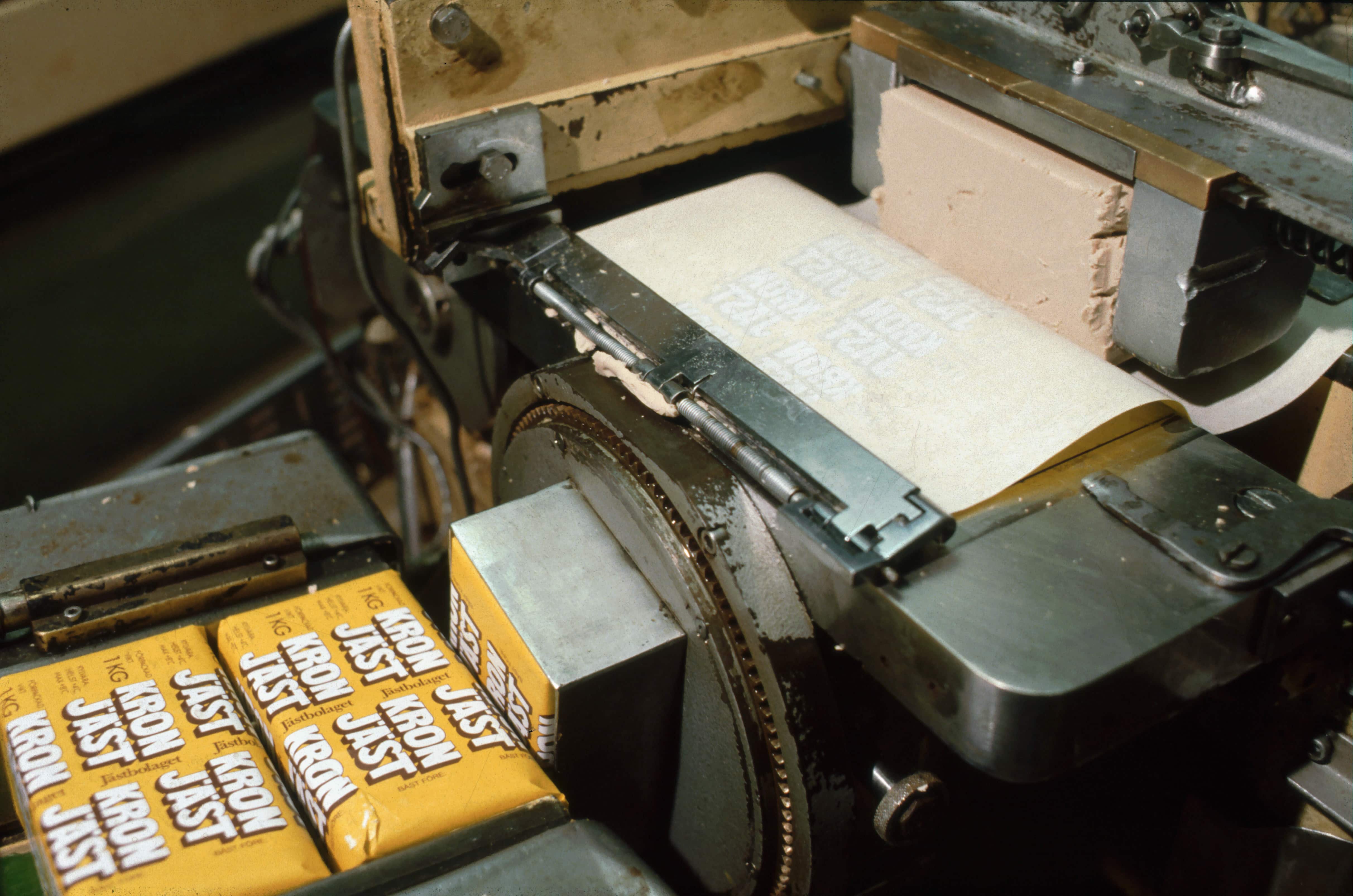
1940 - 1970
In the 1940’s alcohol production becomes less profitable and the factories shift their focus to baker’s yeast.
At the time yeast is generally supplied to bakeries in 1-kilogram blocks and sold loose to consumers. In the mid 1950’s 50-gram blocks wrapped in paper are introduced as a very practical solution for housewives.
In the mid 1960’s Jästbolaget begins to sell dry yeast, which is a novelty in the Swedish market.
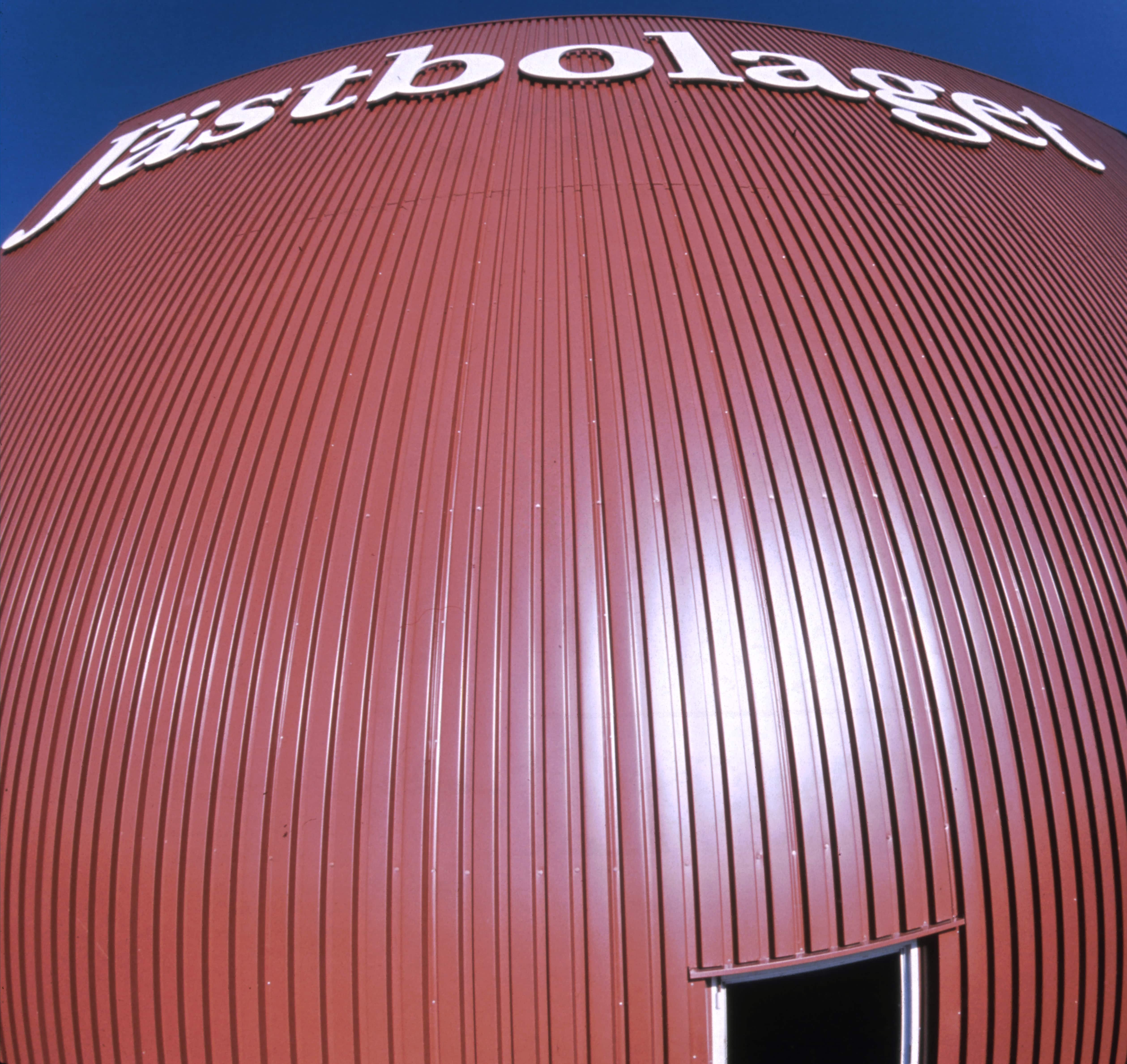
1970 - 1980
In 1971, the factory in Gothenburg is closed down, leaving the plant in Sollentuna as the last remaining yeast factory in the country. As the factory’s capacity isn’t large enough to supply the entire population, yeast has to be imported to Sweden.
The parliament states that domestic production of baker’s yeast is necessary from a national food contingency planning perspective and introduces a duty on imported yeast resulting in higher prices and profitability and thus room for investments in a new production plant.
A consortium of four takes over as owners of Jästbolaget, tasked with building a new factory in Sollentuna.

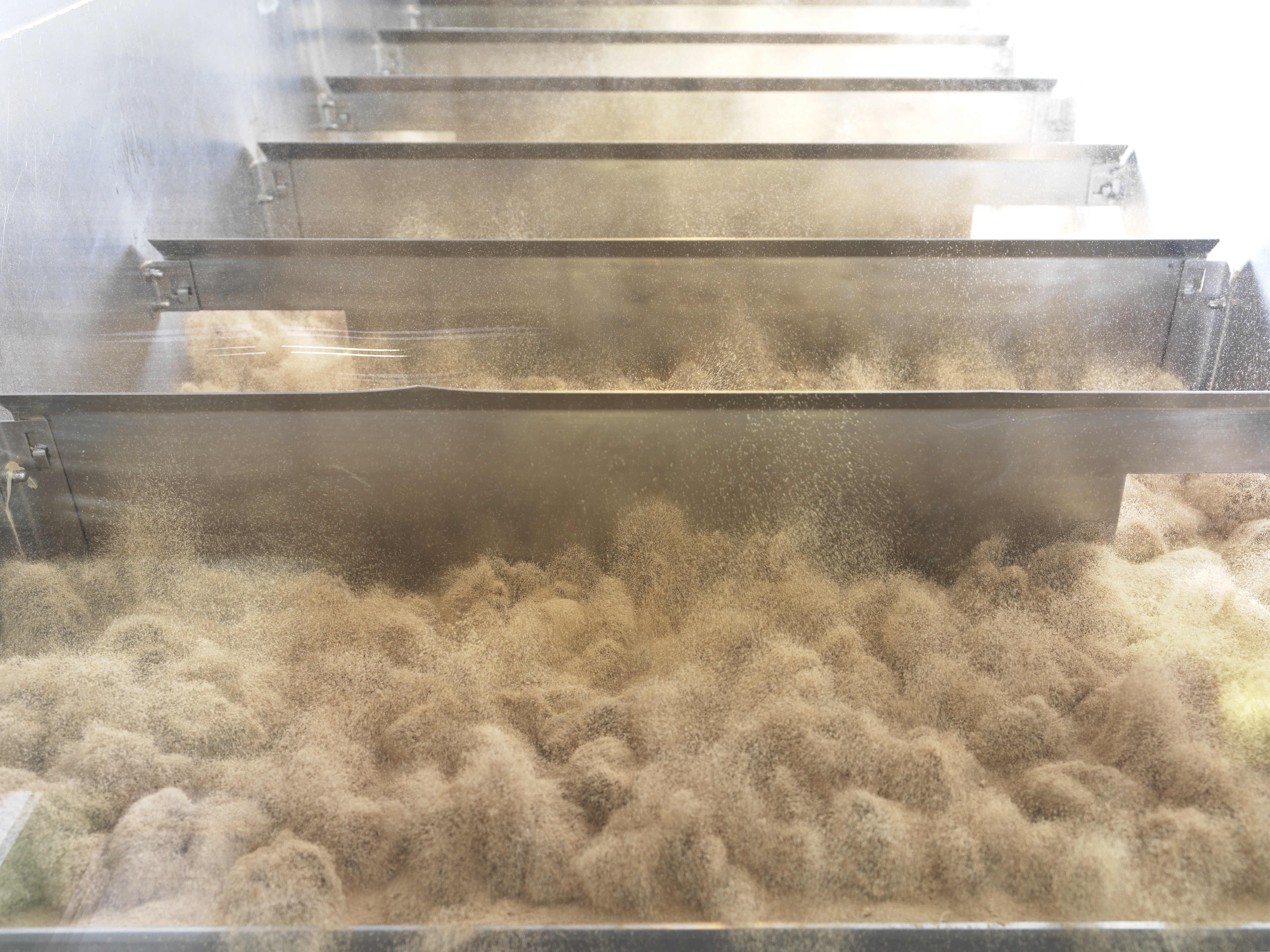
1980 - 1990
The new factory opens in 1980, giving Jästbolaget the capacity to fully meet the market demands.
Until now, dry yeast had not been produced in-house, but in the mid-1980s a production line for dry yeast is inaugurated.
Oil stocks and rising energy prices encourage the company to enhance the energy efficiency in the factory, and in 1988 it introduces a recycling system of heat converters, heat exchangers and water recycling methods, which have led to excellent results, both environmentally and financially.
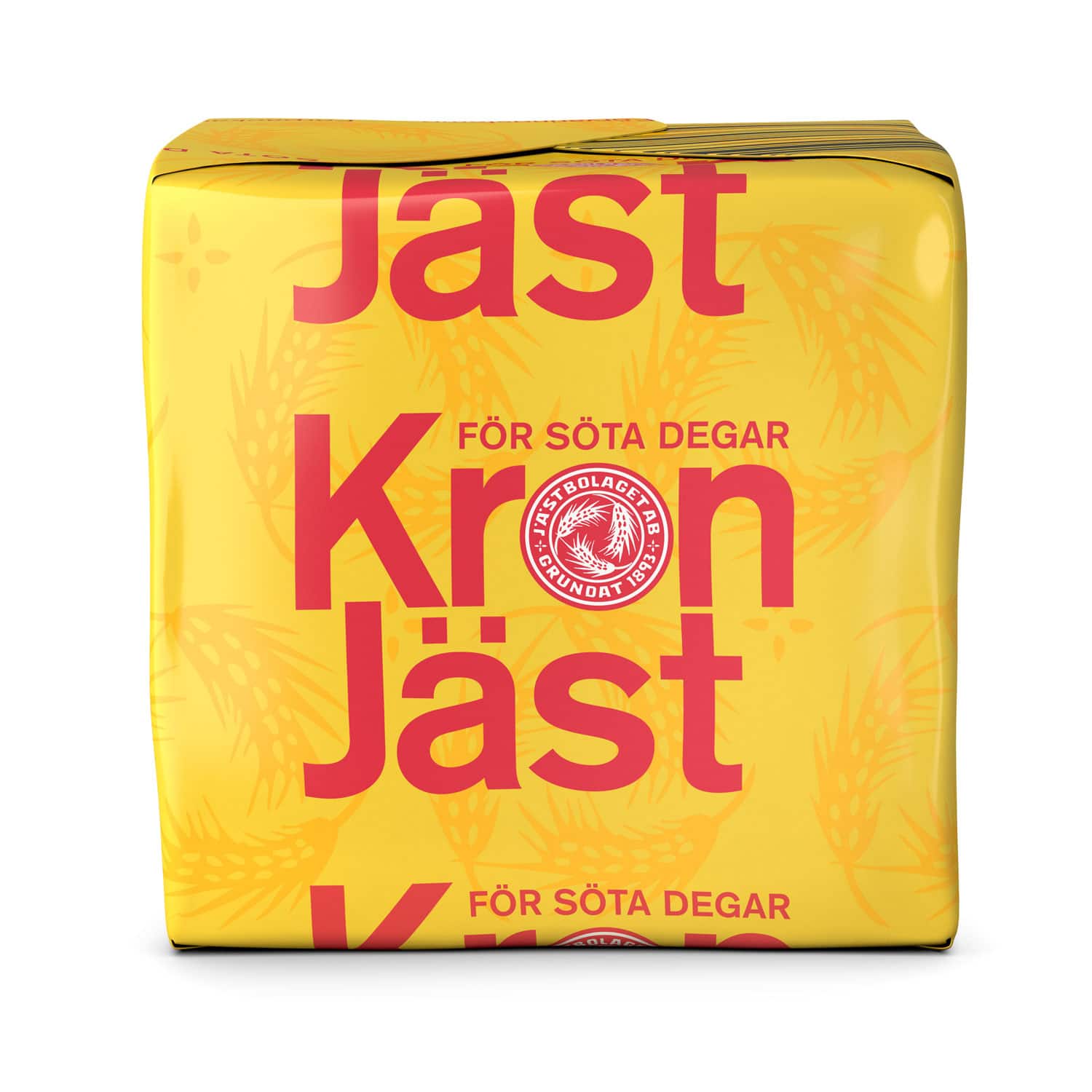
1990 - 2000
The early 1990s bring important environmental and energy-related investments. For example, a large heat converter is installed to recover all heat generated in the fermentation process. The energy is transferred to the municipal district-heating network, and provides heating to around 1,500 homes.
Wastewater had previously been released untreated into the municipal sewerage system, but now a facility is put into operation to recover most of the nitrogen and potassium from this wastewater. The resulting nutrient-rich by-products are now used as agricultural fertilisers.
In 1993, Jästbolaget celebrates 100 years of production in Sollentuna!
In 1995 a brand-new yeast for sweet doughs is launched, KronJäst för Söta Degar.

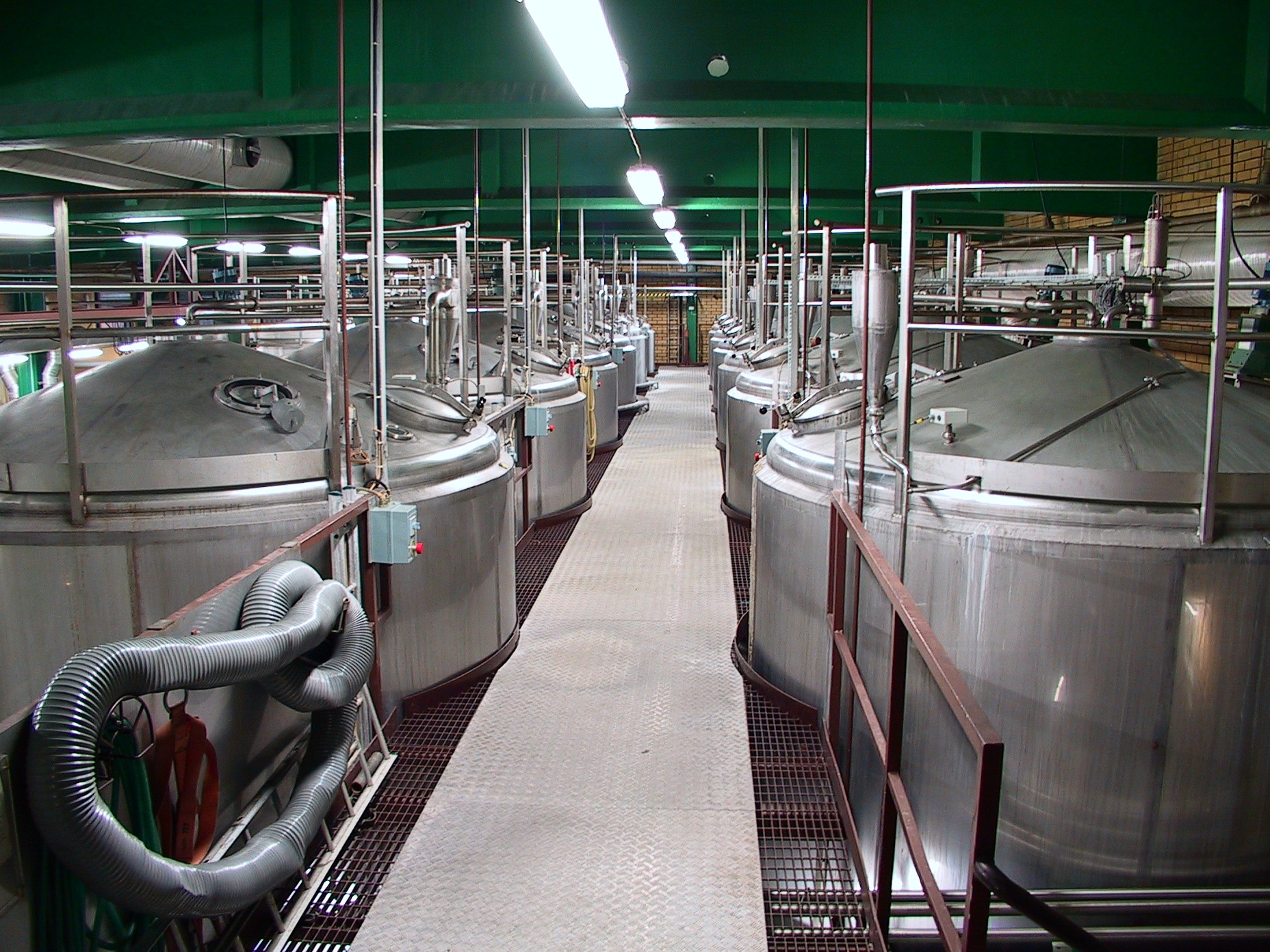
2000 - 2010
In 2002, Jästbolaget becomes a wholly owned subsidiary of Norwegian company Orkla, and sales in Sweden are transferred to Orkla’s distributor for the bakery market, KåKå.
In 2005, Jästbolaget takes over all yeast production from Orkla’s factory in Oslo, which is closed down. To handle the extra volume, further investments are made in buildings and production equipment, and a couple of production lines are transferred from Oslo. Our yeast is sold under the brands KronJäst in Sweden and Mors Hjemmebakte in Norway.
Jästbolaget begins to supply liquid cream yeast in road tankers to large customers, as this results in fewer spills and requires no packaging. For the Norwegian market, as well as for medium-sized Swedish bakeries, liquid cream yeast is supplied in returnable 1,000 litre containers.
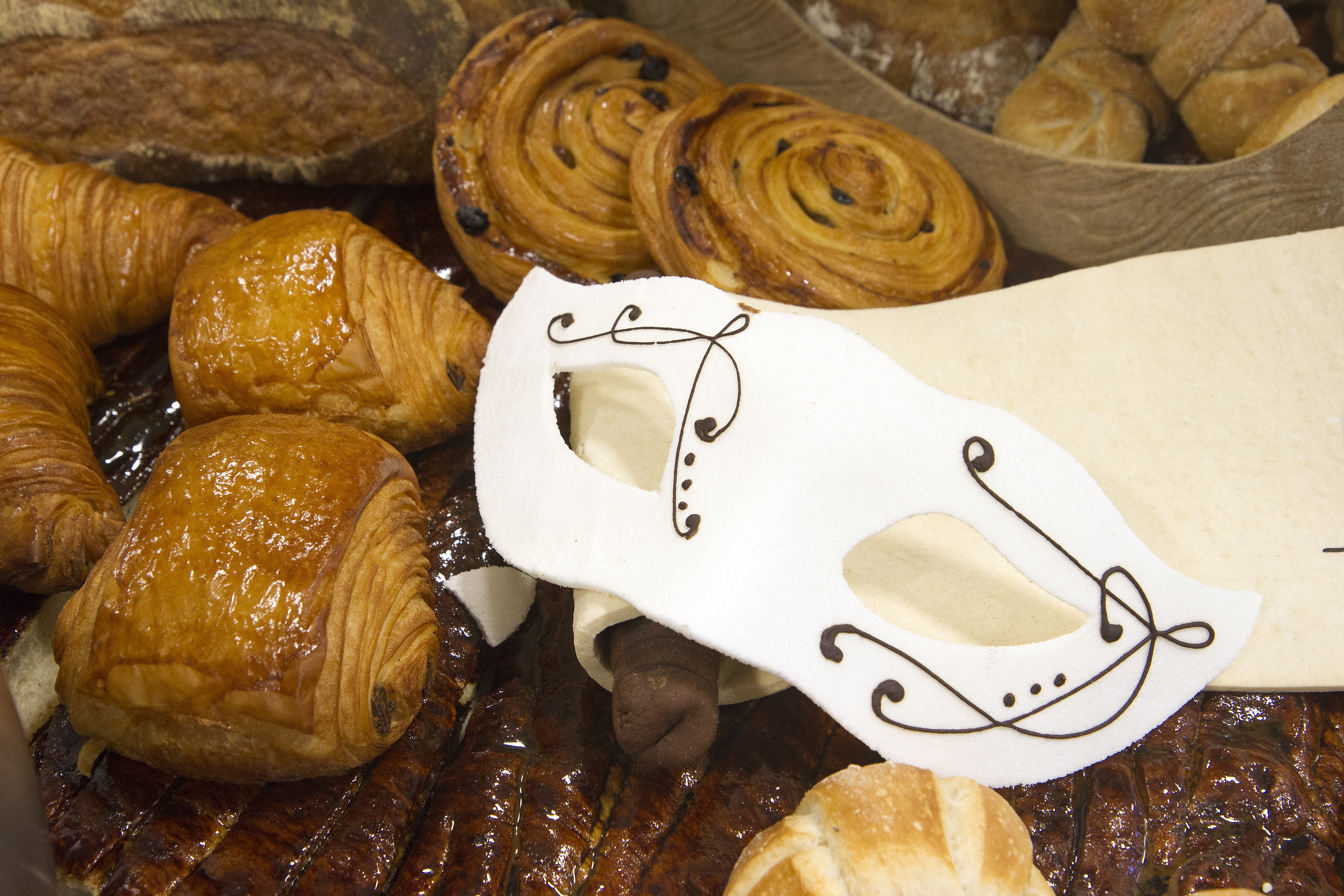
... and some more from 2000 - 2010
We start making dry yeast for winemaking, which is exported mainly to the European market.
Development work on the use of yeast in baking is intensified, and an Innovation Bakery is built and integrated into our operations. In the bakery we test-bake our yeasts, hold courses for professional bakers and pastry chefs, and develop recipes for our brand website www.kronjast.se. This is also where the senior and junior Swedish National Bakery Team train and prepare for competitions.

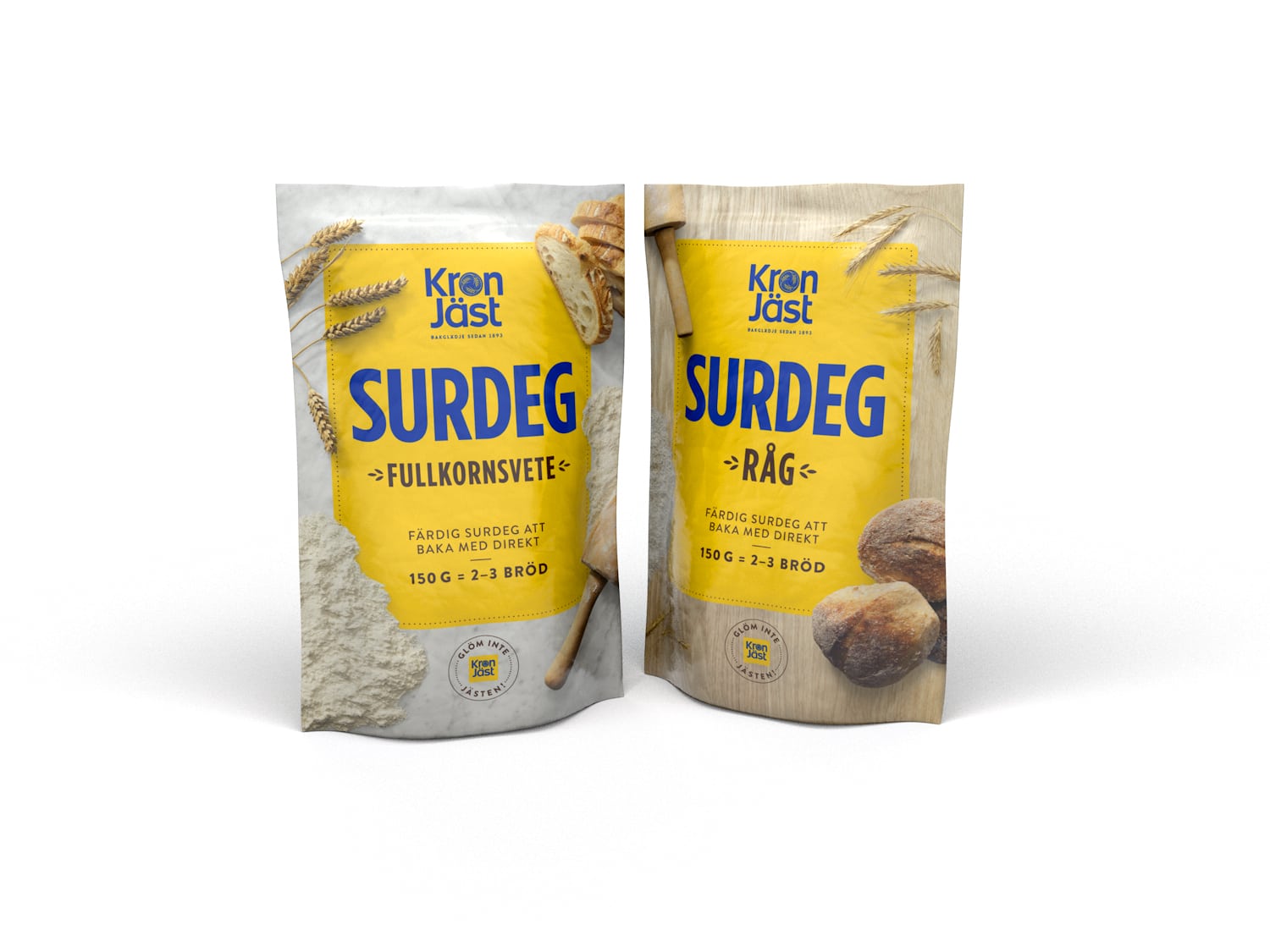
2010 - present
With organic products becoming ever more popular, an organic bread yeast, KronJäst Ekologisk, is launched in 2011. In 2012 our new sourdough starter, KronJäst Surdeg, is crowned product of the year at Dagligvarugalan, the Swedish food industry’s national awards ceremony.
We also continue to make environmental improvements. The benefits of an unbroken cold chain and reduced transports have prompted us to build a new low-energy cold store at our premises in Sollentuna, putting an end to refrigeration and storage in a warehouse on the other side of Stockholm.
In 2015 we started distributing our 50 gram packs to the Swedish market in returnable plastic crates, SRS, instead of cardboard boxes, further reducing our environmental impact.
Jästbolaget proudly presents a new patented product in 2017 – Acrylow® , a natural product which reduce the level of acrylamide. A product sold to the food industry.